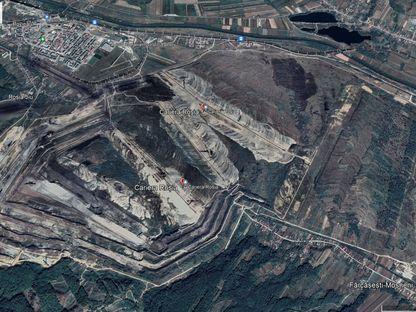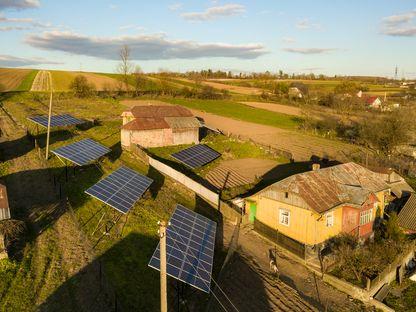Although they are bombed on a daily basis by the Russian army, some Ukrainians in the Mykolaiv area stubbornly refuse to give in to fear.
Although they are bombed on a daily basis by the Russian army, some Ukrainians in the Mykolaiv area stubbornly refuse to give in to fear.
On the Front Line. The Ukrainians Who Won't Give Up
English Section
11/05/2022
The southern Ukrainian town of Mykolaiv is an important logistical hub and shipbuilding centre, with access to the Black Sea and the Southern Bug River. Some of the largest military vessels of the Soviet era were built here, including the cruiser Moscow, sunk in mid-April by the Ukrainian military.
But the symbol of the port's current situation has become the region's administration building, which was destroyed by a Russian missile on March 29. Pictures of the nine-storey building with a chasm in the middle have spread all around the world. The region's governor, Vitali Kim, who is extremely popular on social media, was out of office and escaped, but 37 other people lost their lives.
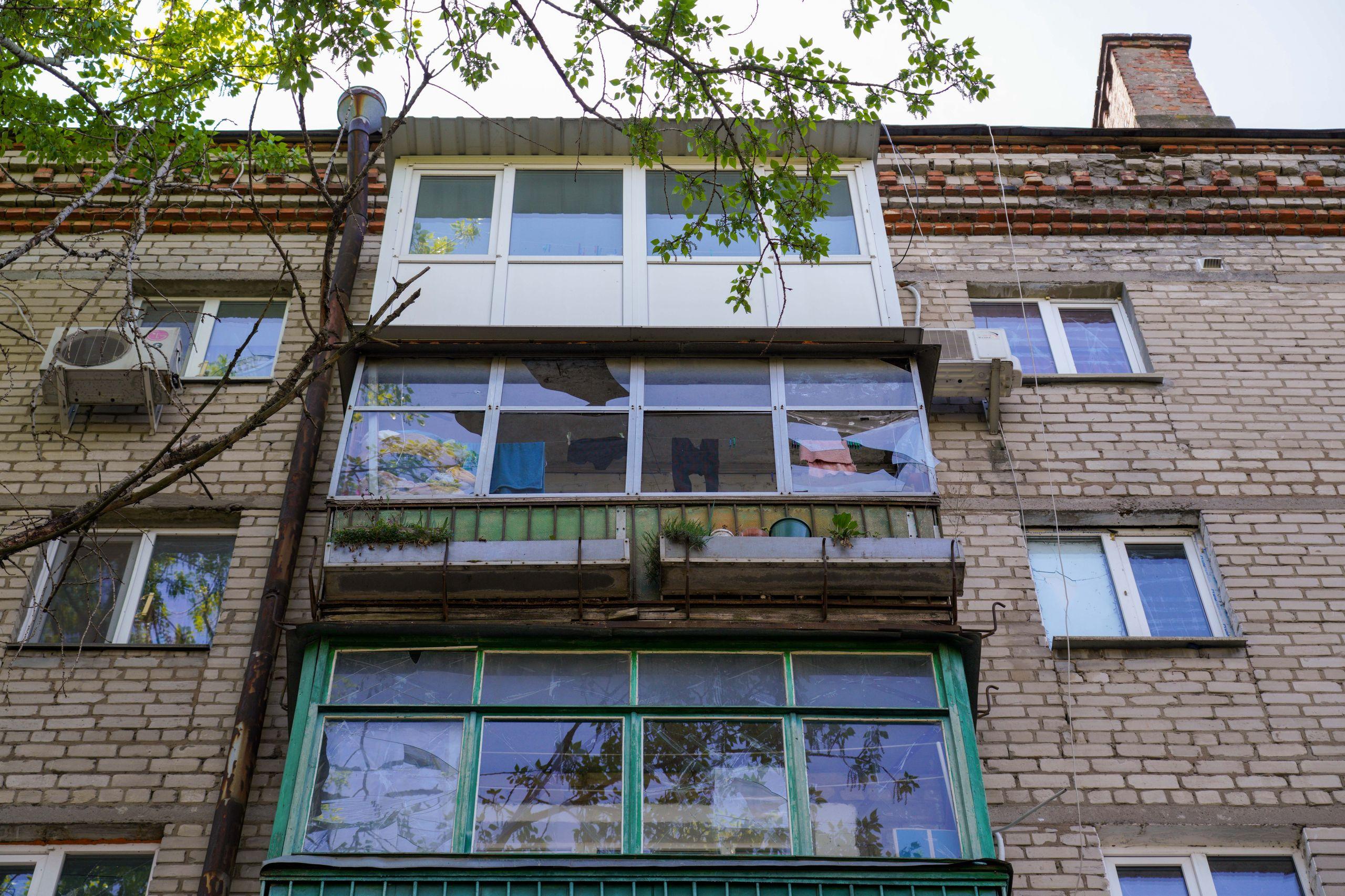
A block of flats in Mykolaiv. Photo: Raul Ștef
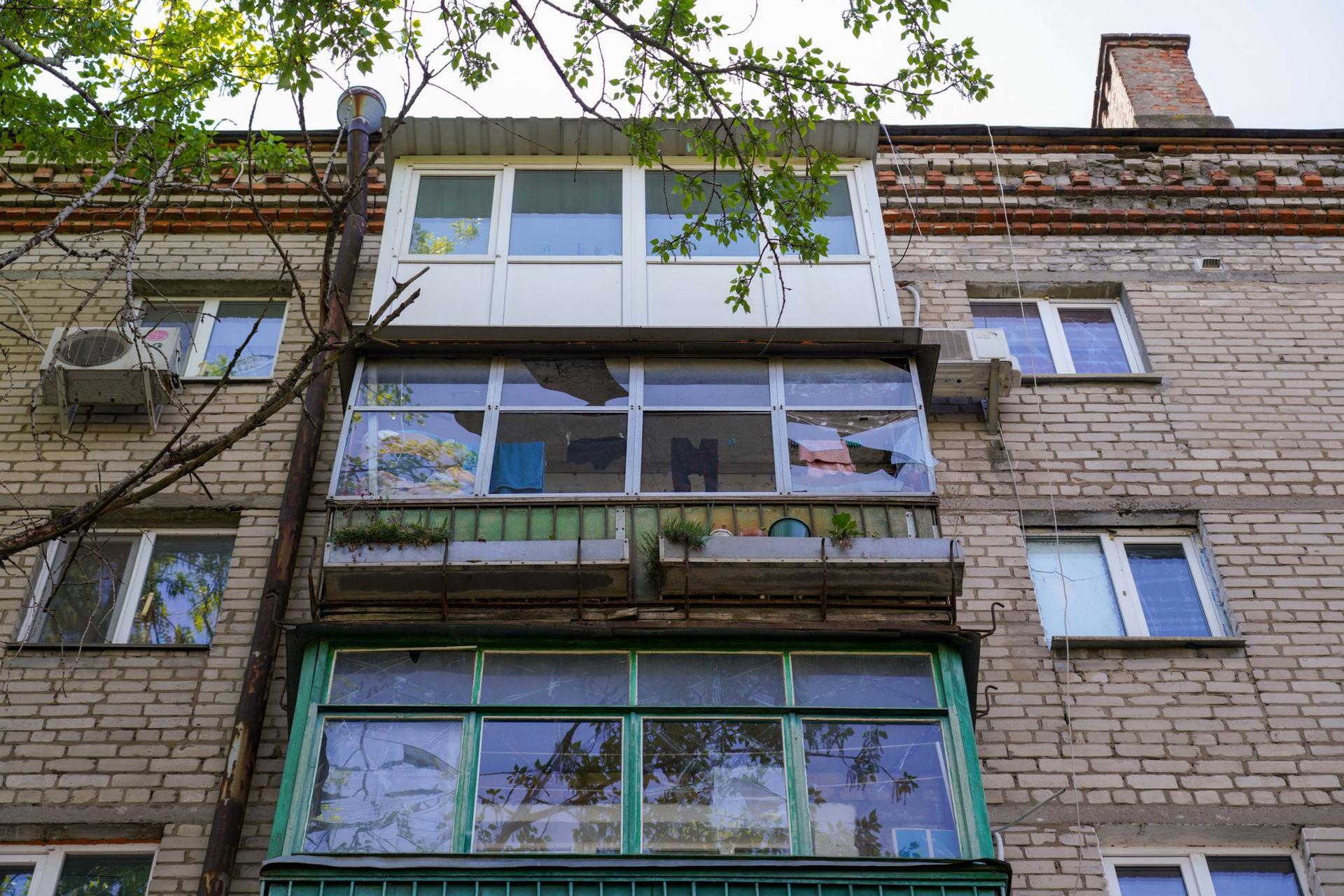
A block of flats in Mykolaiv. Photo: Raul Ștef
Mykolaiv is on the road towards another symbolic southern centre, the city of Odesa. But the Russian troops from the Crimean Peninsula that are headed towards Odesa stumbled near the entrance to Mykolaiv in the face of Ukrainian resistance.
Currently, the Russian army is around 20 kilometres away from the city.
Daily shelling has destroyed part of the town's water supply, so for the last three weeks people here have had to get their water from wells and springs or from other sources provided by the authorities.
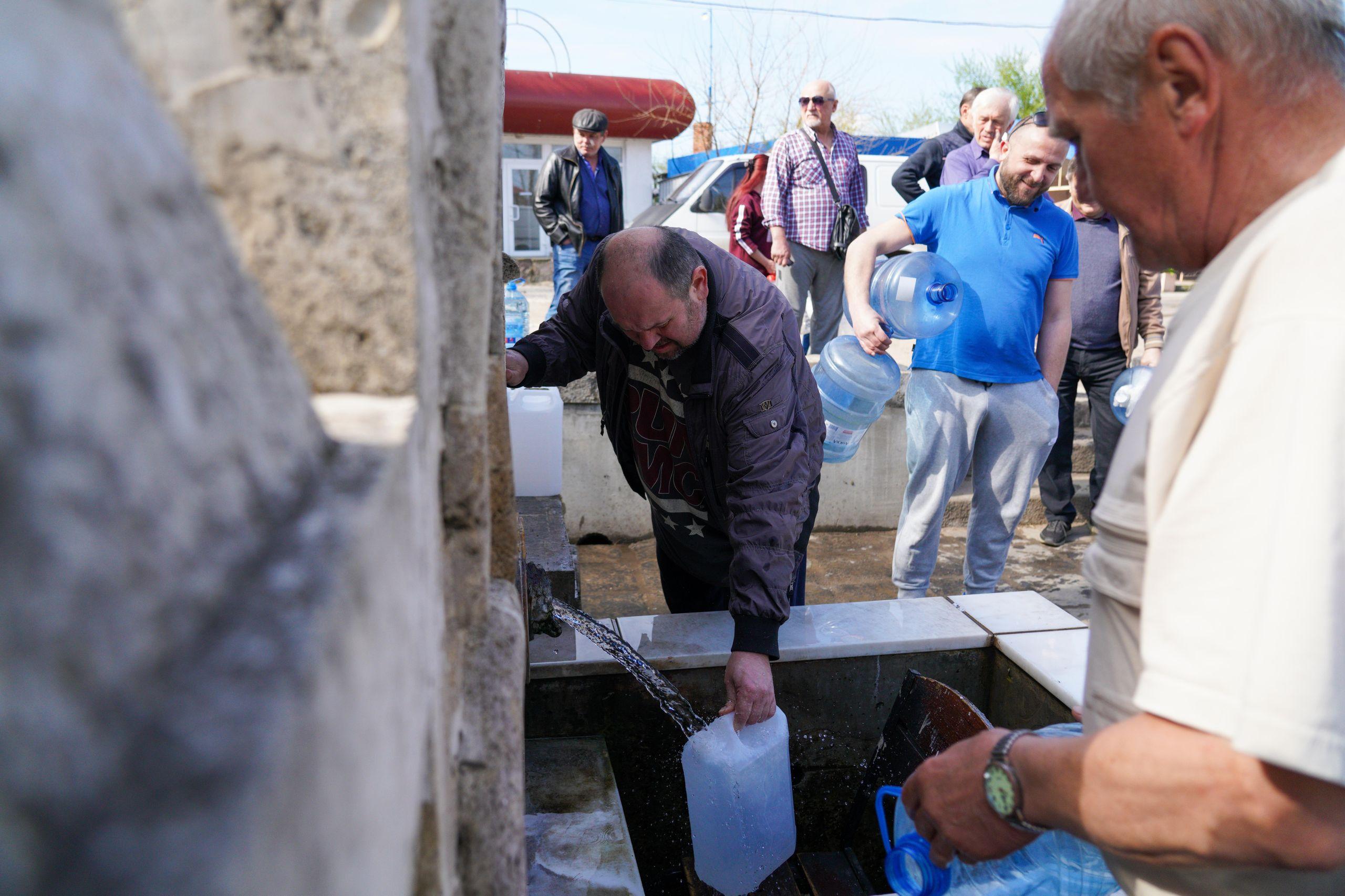
Photo: Raul Ștef
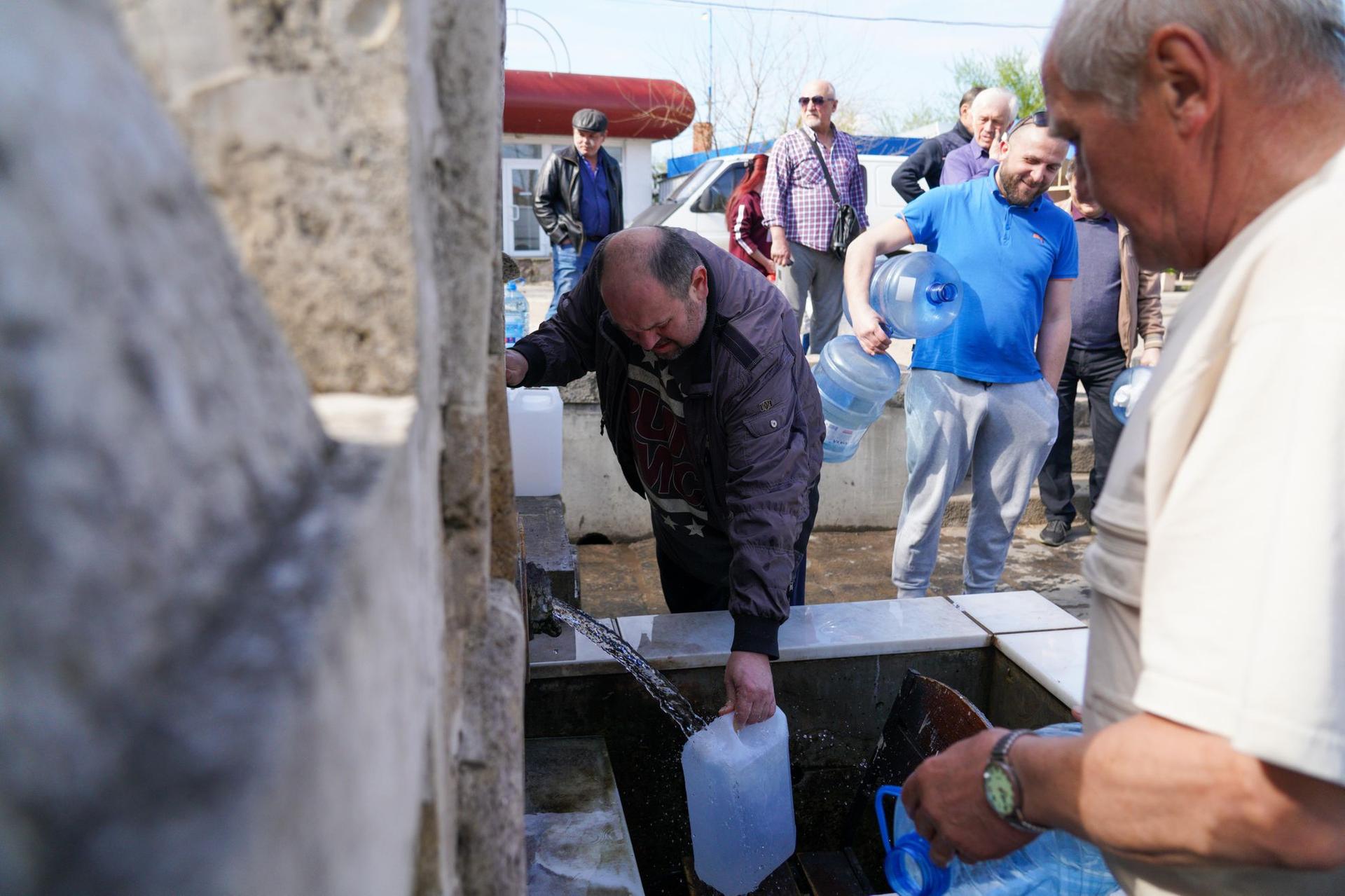
Photo: Raul Ștef

Photo: Raul Ștef
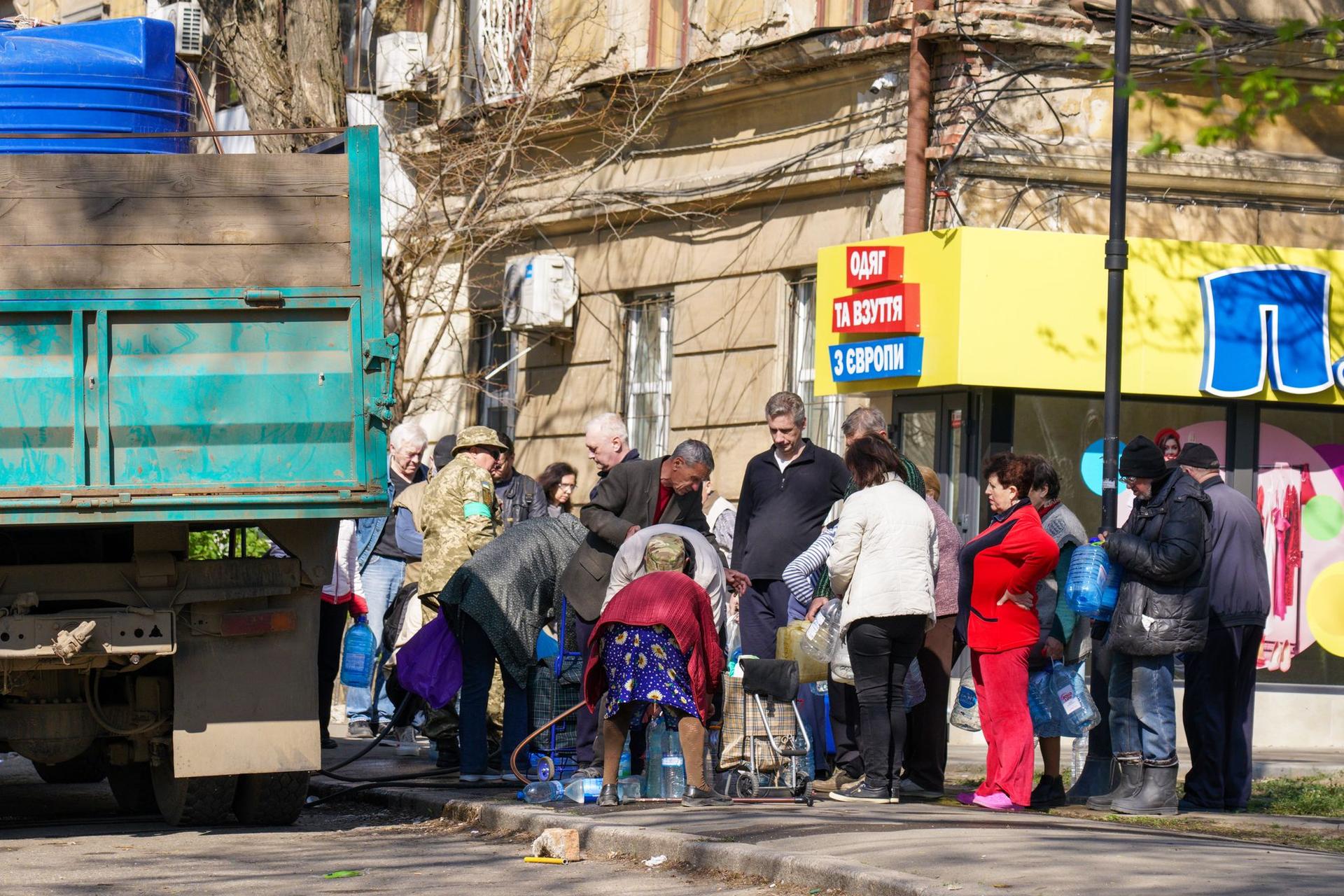
Photo: Raul Ștef
To meet their household needs, residents also take water from the river.
Mulți ne citesc, puțini ne susțin. Fără ajutorul tău, nu putem continua să scriem astfel de articole. Cu doar 5 euro pe lună ne poți ajuta mai mult decât crezi și poți face diferența chiar acum!
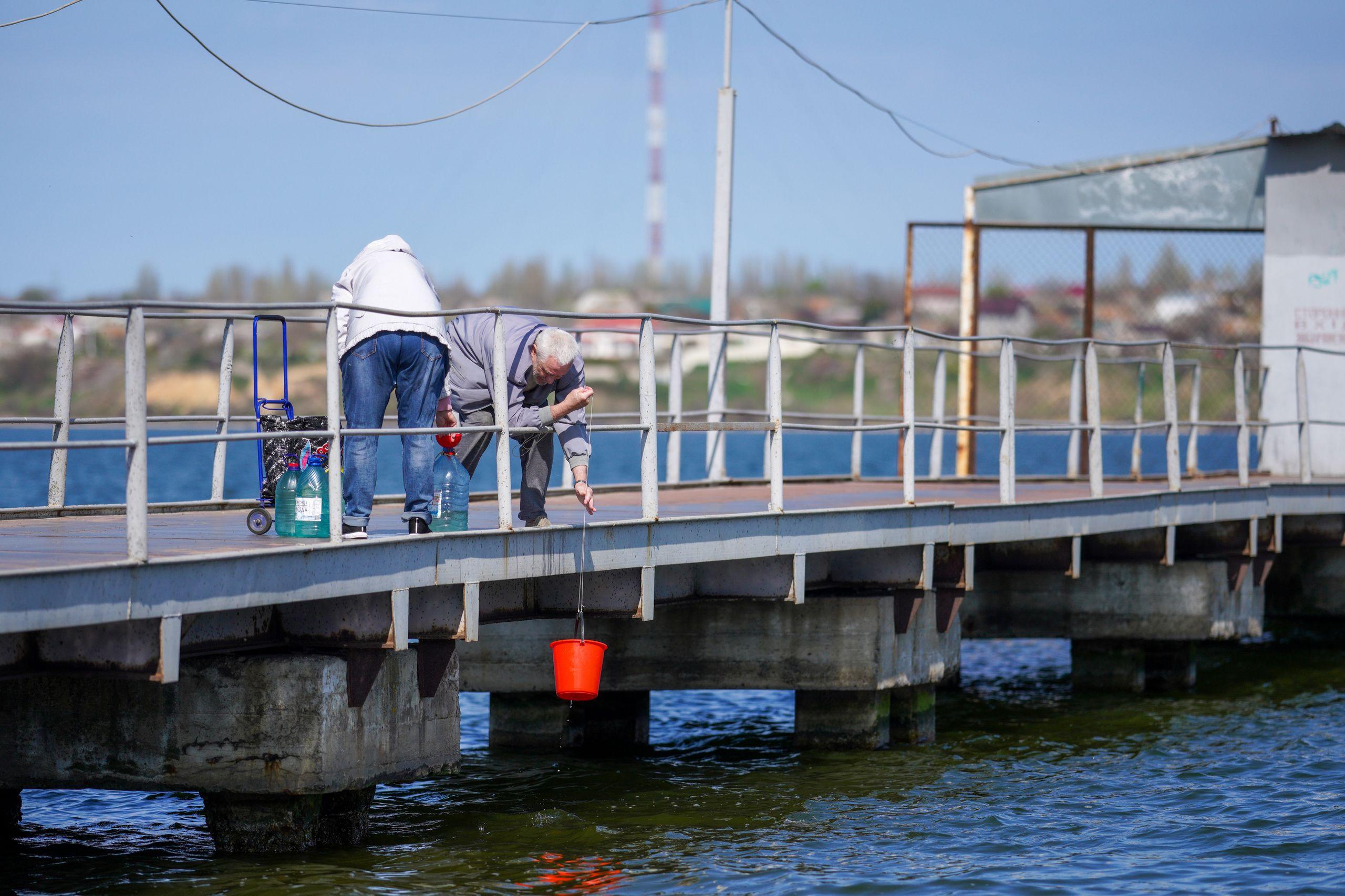
Photo: Raul Ștef
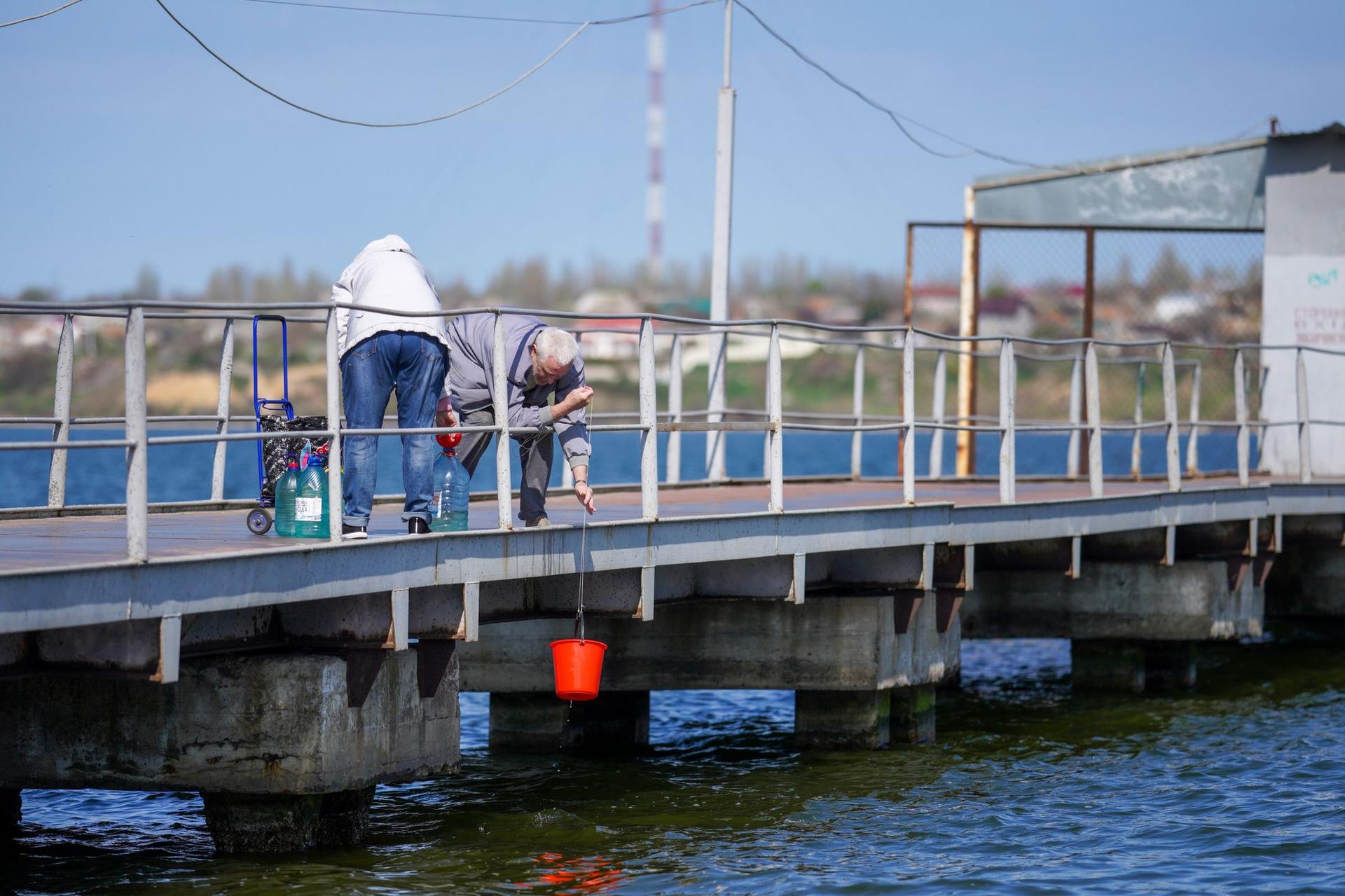
Photo: Raul Ștef
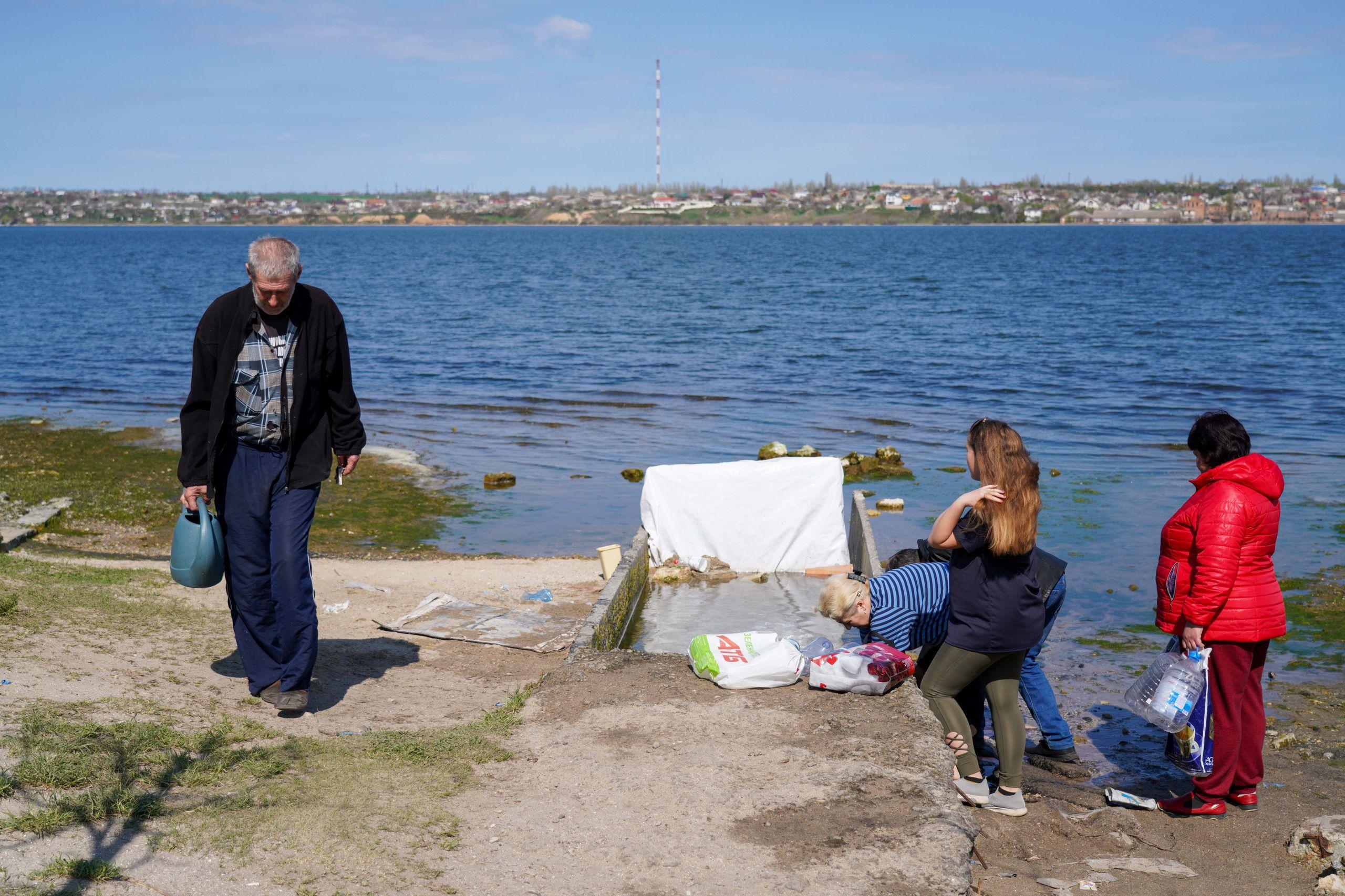
Photo: Raul Ștef
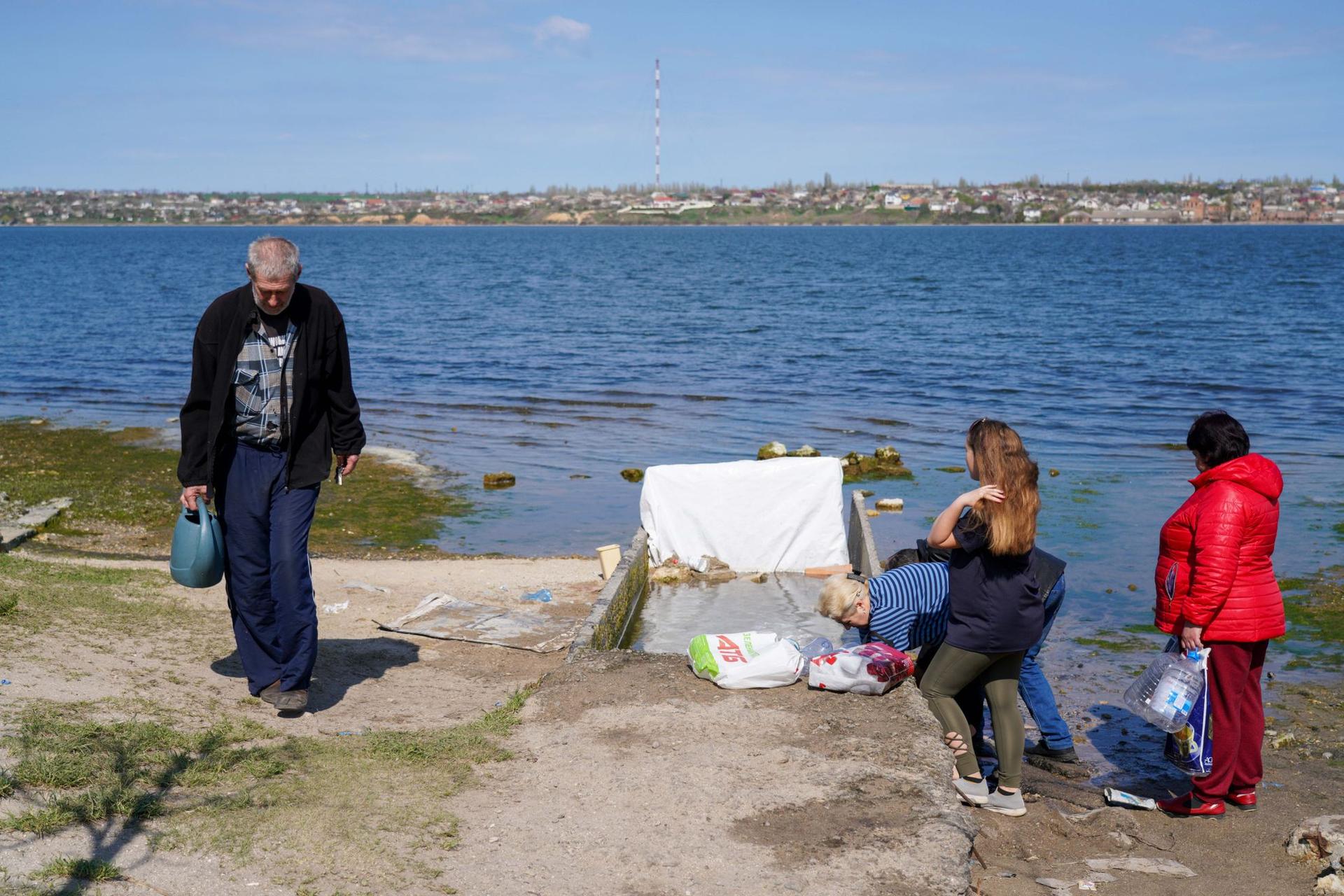
Photo: Raul Ștef
In line for water, the PressOne team met Dima, a 19-year-old boy. He had come with two five-litre plastic bottles on his bicycle and wanted to fill them to help a neighbour.
Despite the situation and the obvious damage done to the city by from the explosions, Dima told us he didn't want to leave. His father is fighting in the Ukrainian army and he is looking after his family. "Fear doesn't help, it kills you, it doesn't bring anything good," he concludes.
Olena lives in the same neighbourhood as Dima. She doesn't want to leave the city either. She thinks Ukraine will win the war. Her husband volunteered to join the army, and now he's off fighting.
Coal Mining Expansion Leads to Deforestation: Over 470 Hectares of Forest Cut Down in Gorj, Romania
Over the past six years, more than 470 hectares of national forest land have been allocated by the government, without compensation, to the Oltenia Energy Complex (CEO) for the expansion or opening of new coal mines.
The not-so-green Romania. The state delays settlements for photovoltaic panels by 2 years
PressOne reviews the main dysfunctions in the production, consumption and distribution of energy from renewable sources, as revealed by discussions with consumers and data provided by official sources at the request of our editorial office.
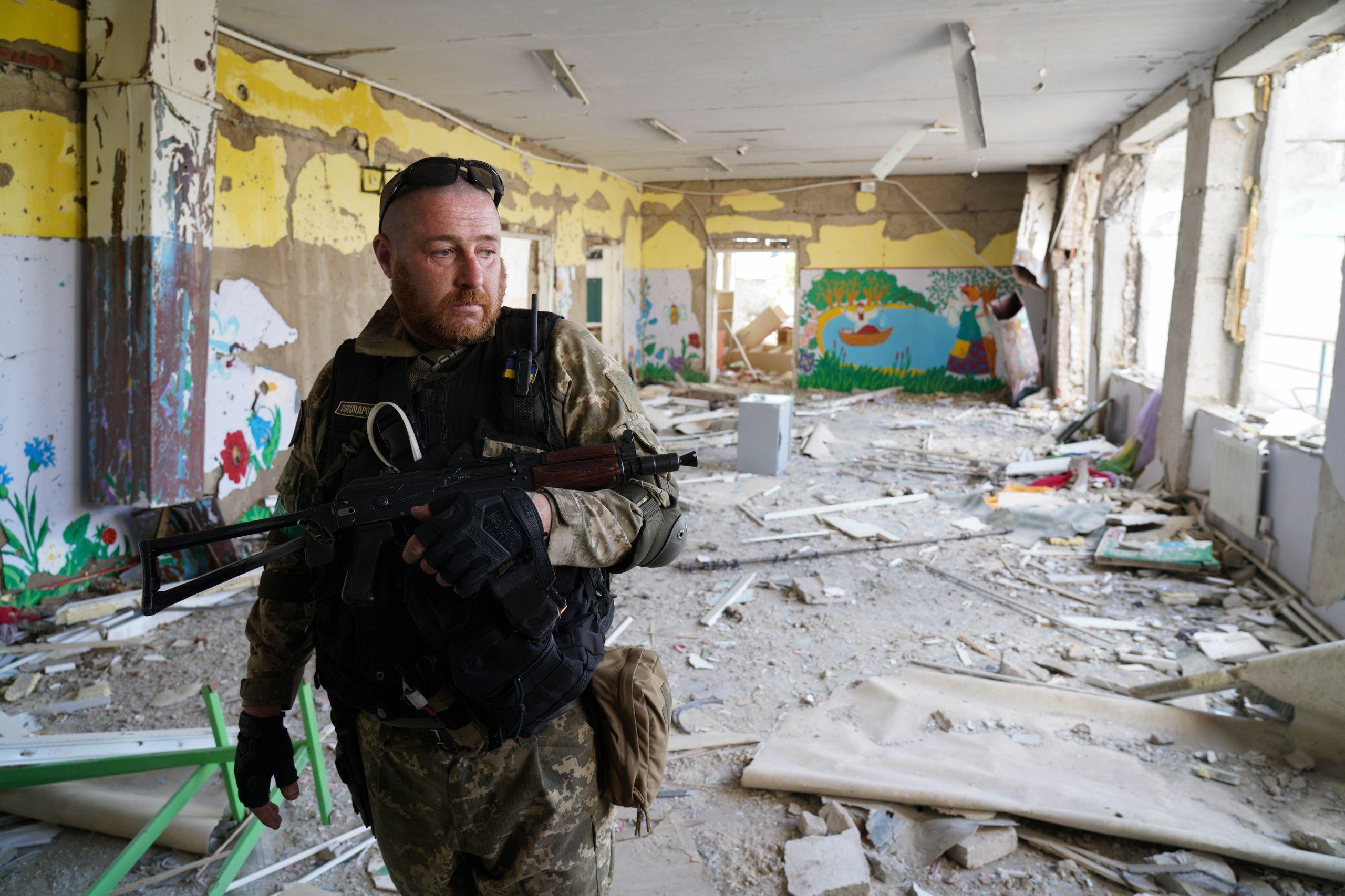
Yuri, volunteer in the Ukrainian army. Photo: Raul Ștef
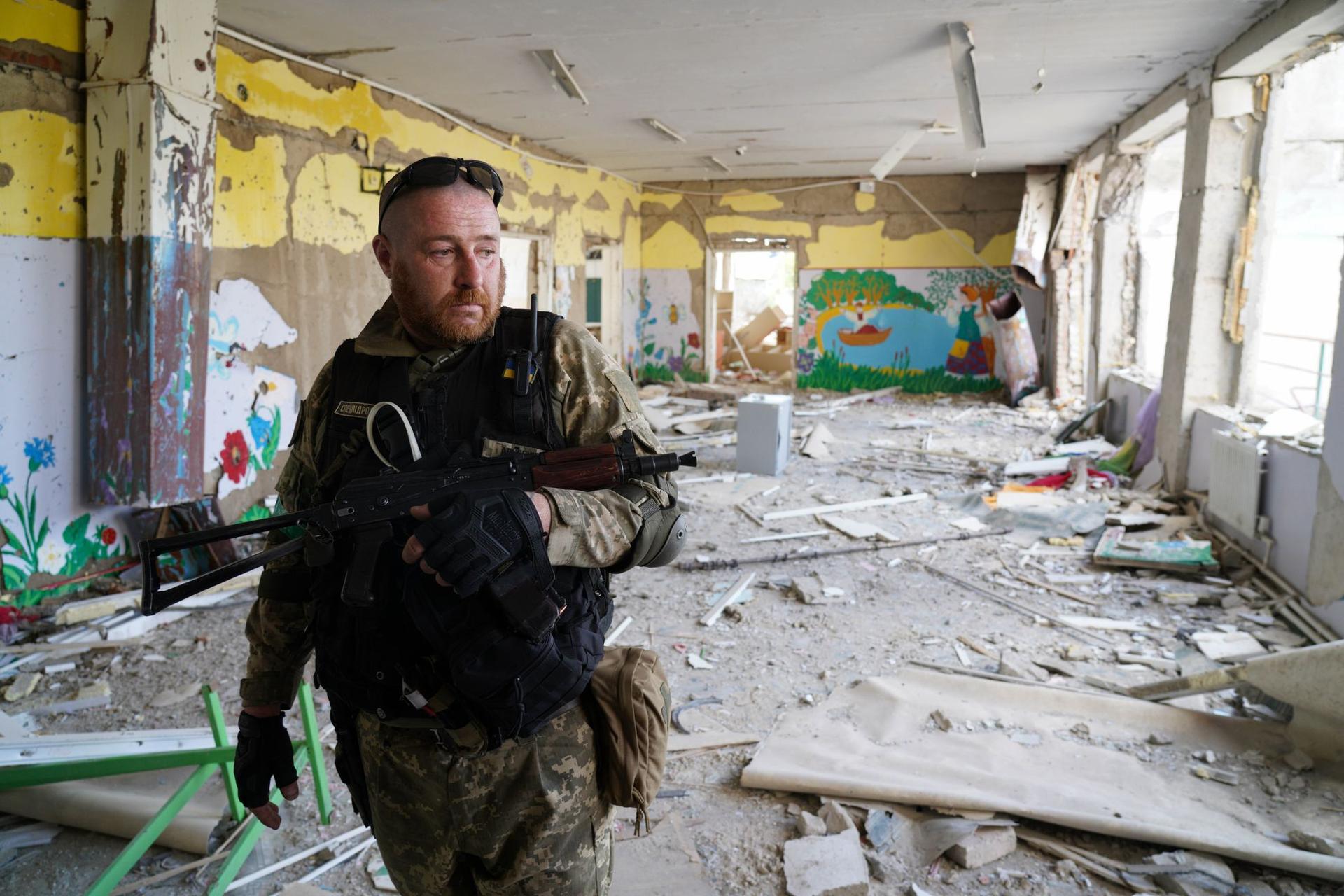
Yuri, volunteer in the Ukrainian army. Photo: Raul Ștef

Yuri, in front of a destroyed school. Photo: Raul Ștef
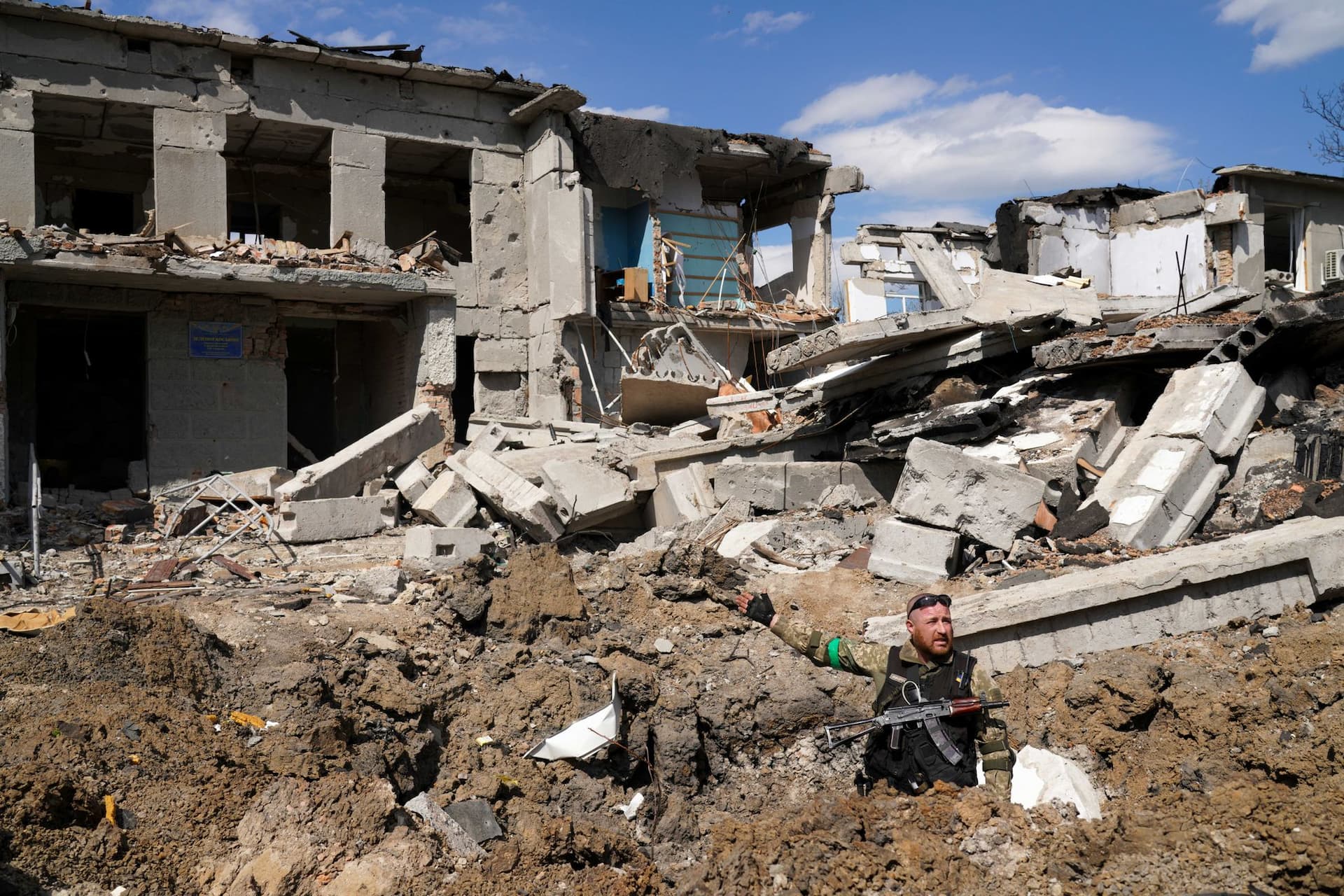
Yuri, in front of a destroyed school. Photo: Raul Ștef
Before the war, the town had about 500,000 inhabitants, but half of them left, according to press estimates.
Un newsletter pentru cititori curioși și inteligenți.
Sunt curios
For most of the people I spoke to, Vladimir Putin's war is hard to understand. Especially since in Mykolaiv, as in Odesa, many of the residents are Russian-speaking Ukrainians, and for more than two months they have been victims of Moscow's bombs.
"The fear is gone and only anger remains. Now we know which nations are our friends and which are not," the administrator of what used to be a cycling club says emphatically.

The administrator of the cycling club. Photo: Raul Ștef
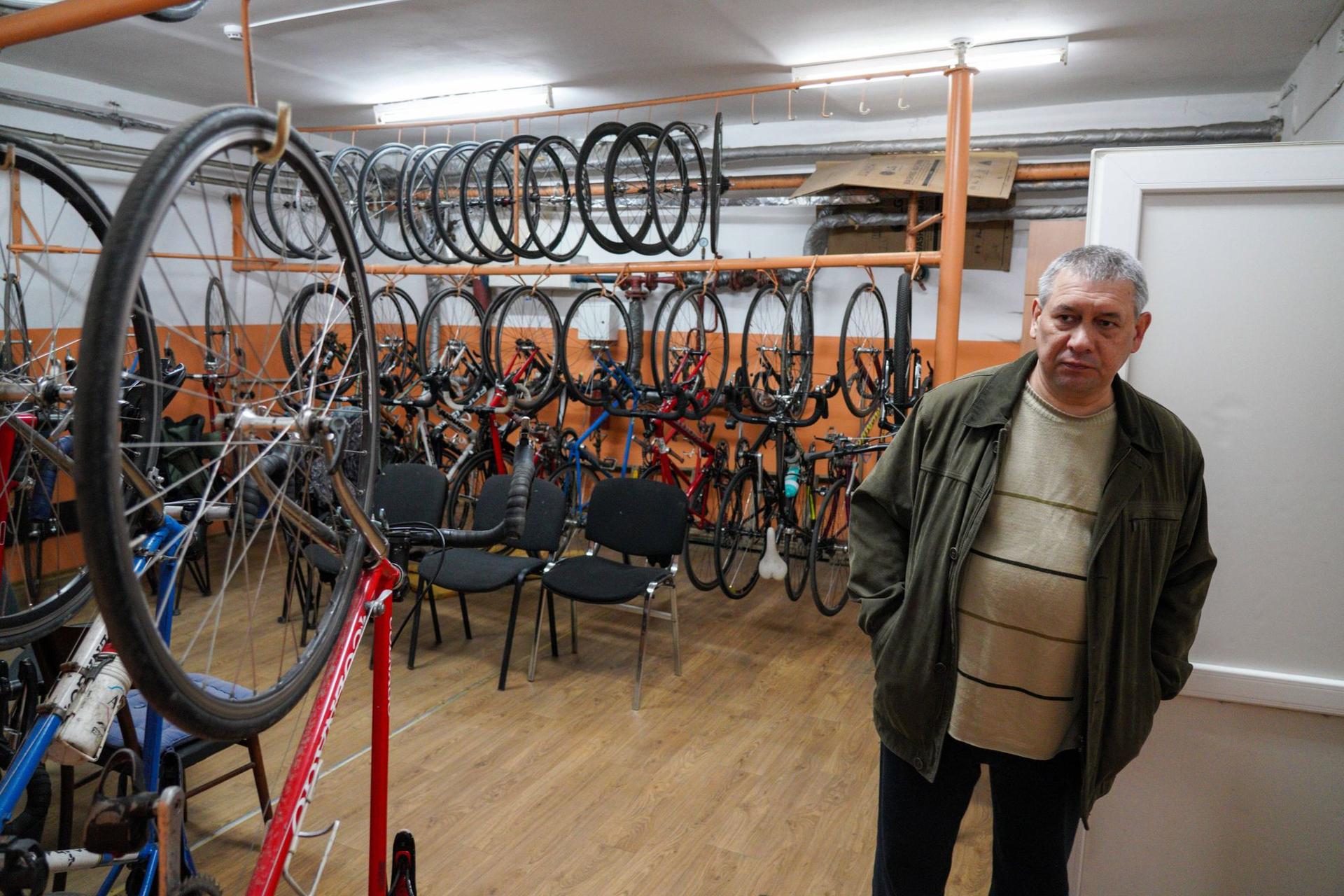
The administrator of the cycling club. Photo: Raul Ștef
The room we're chatting in is full of racing bikes, but is used as an underground shelter in case of an attack. All the club members, many children and young people, have left for safer areas in Ukraine or abroad.
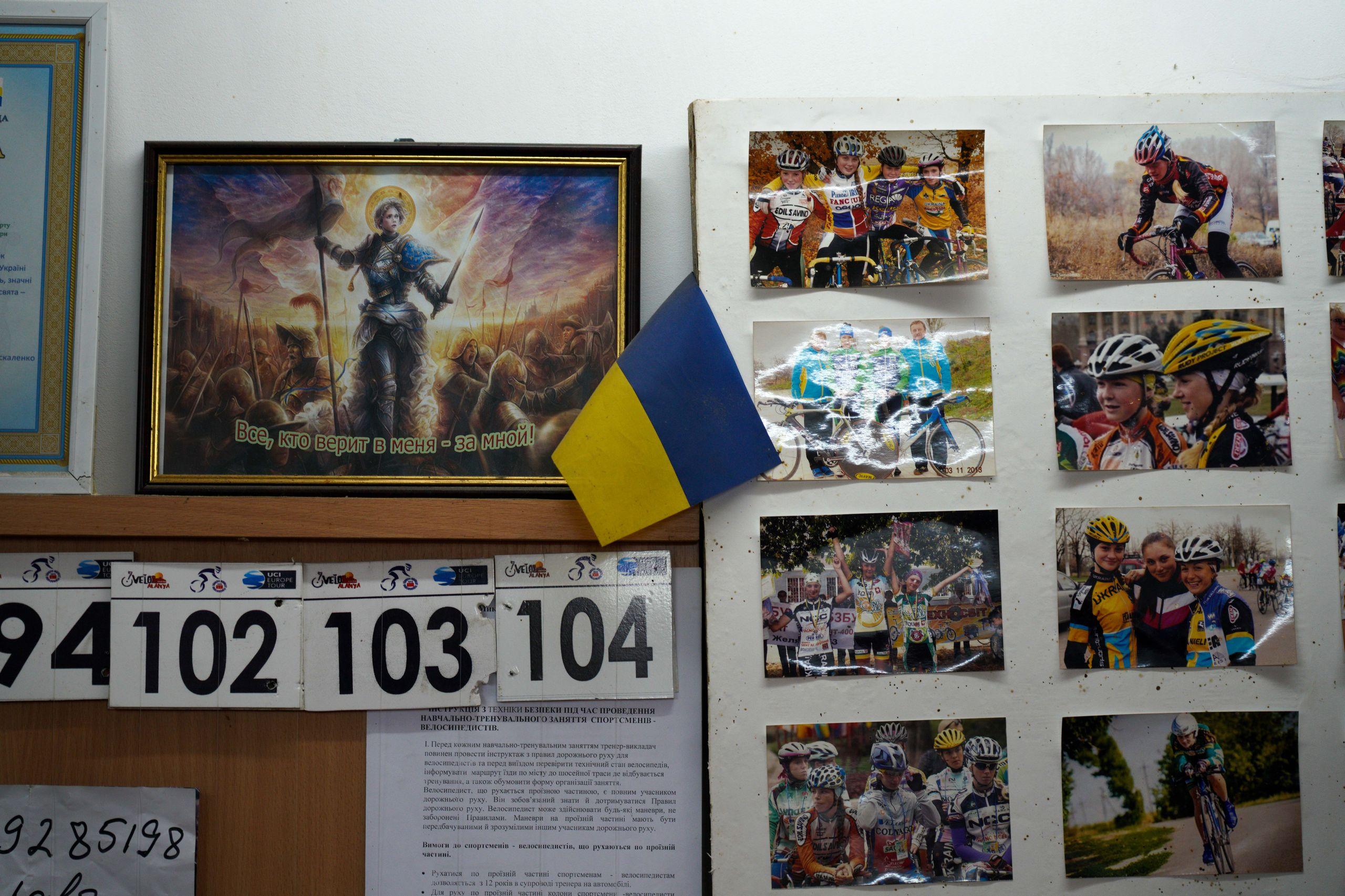
The cycling club. Photo: Raul Ștef
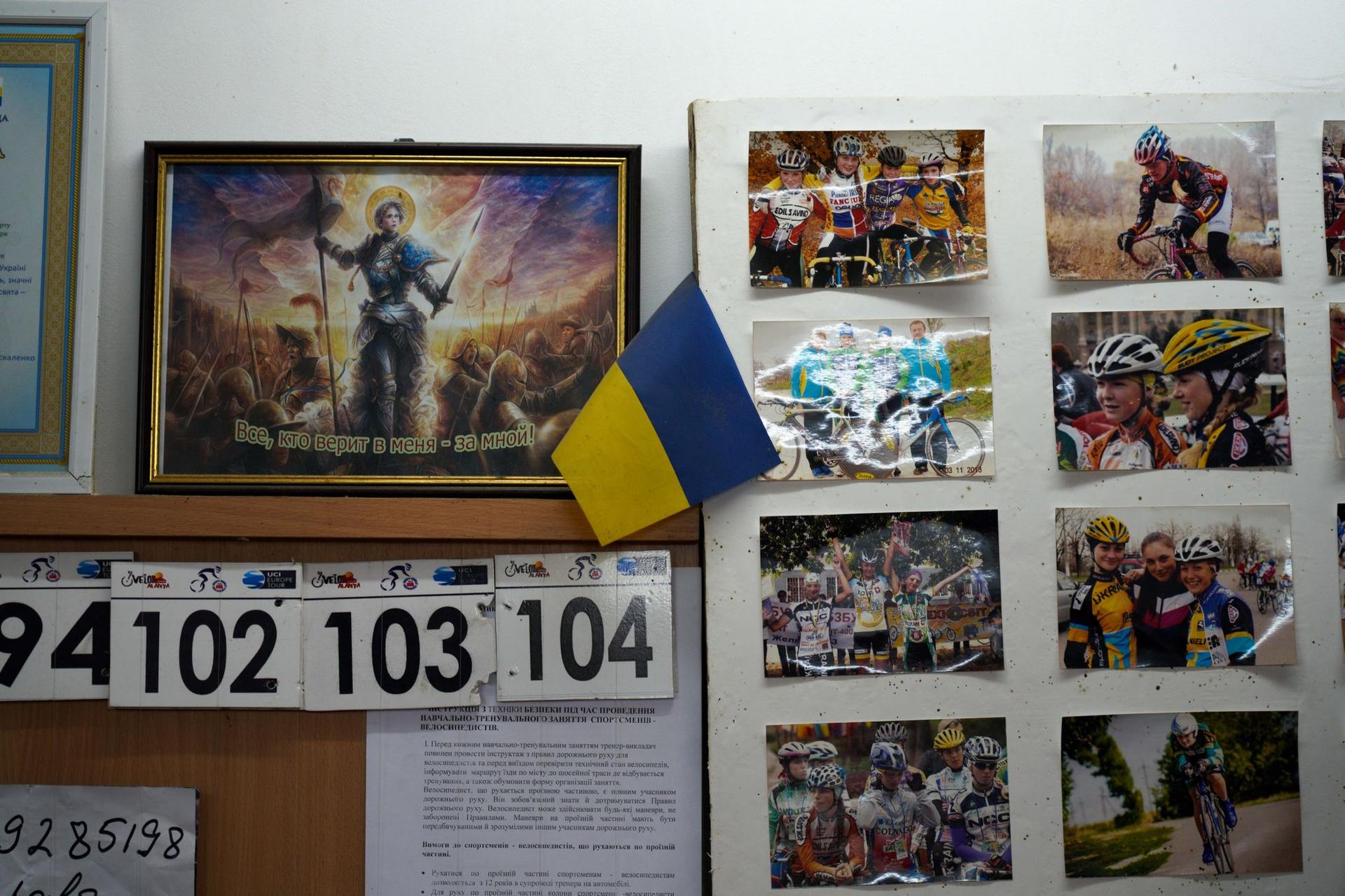
The cycling club. Photo: Raul Ștef
Together with the Ukrainian soldiers, we went to the village of Zelenyi Hai, disputed between the two sides and recently liberated by Kiev's military forces. The destruction of war is everywhere. Even the school and kindergarten have been bombed by the Russians.
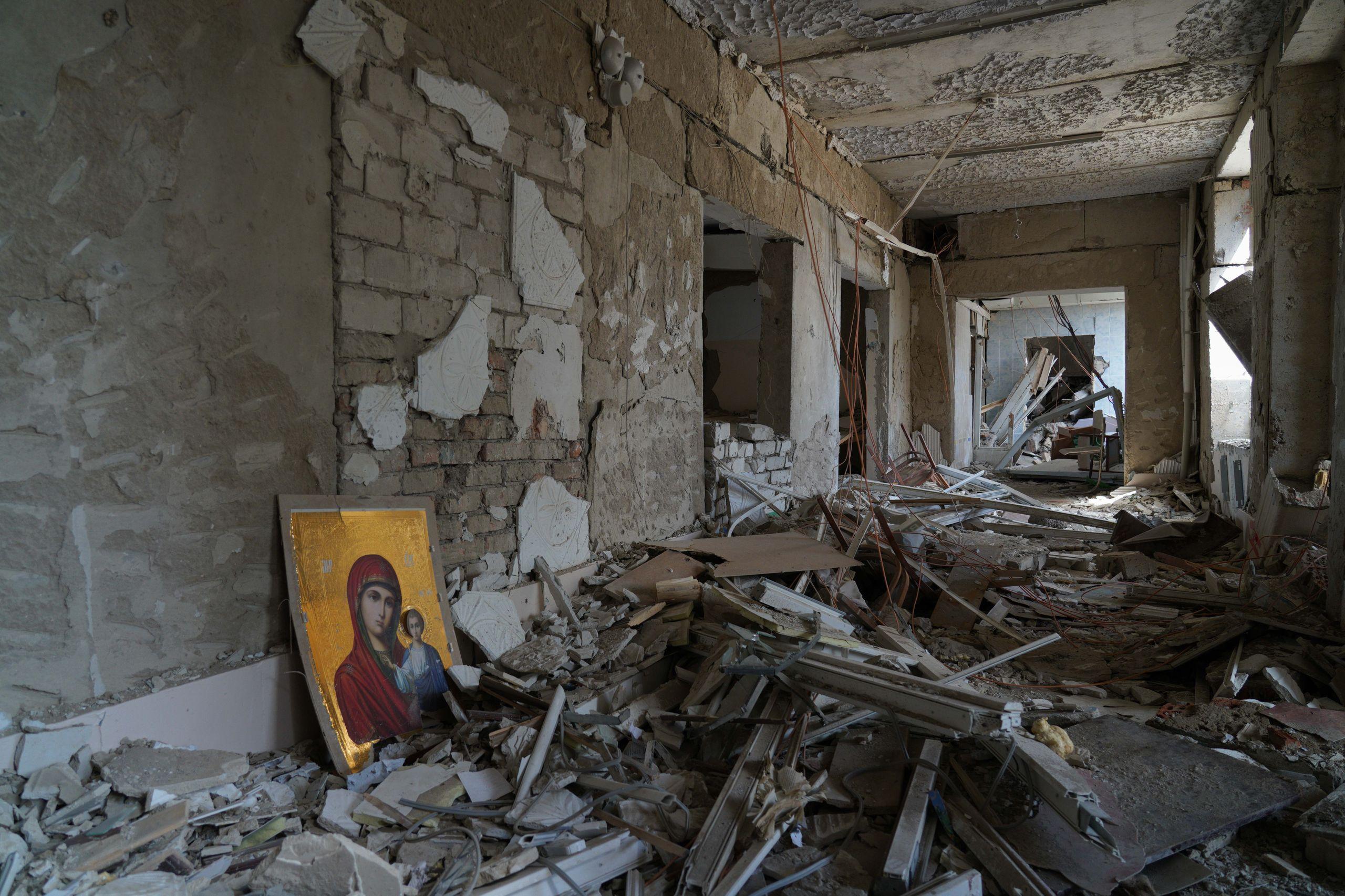
The school in Zelenyi Hai. Photo: Raul Ștef
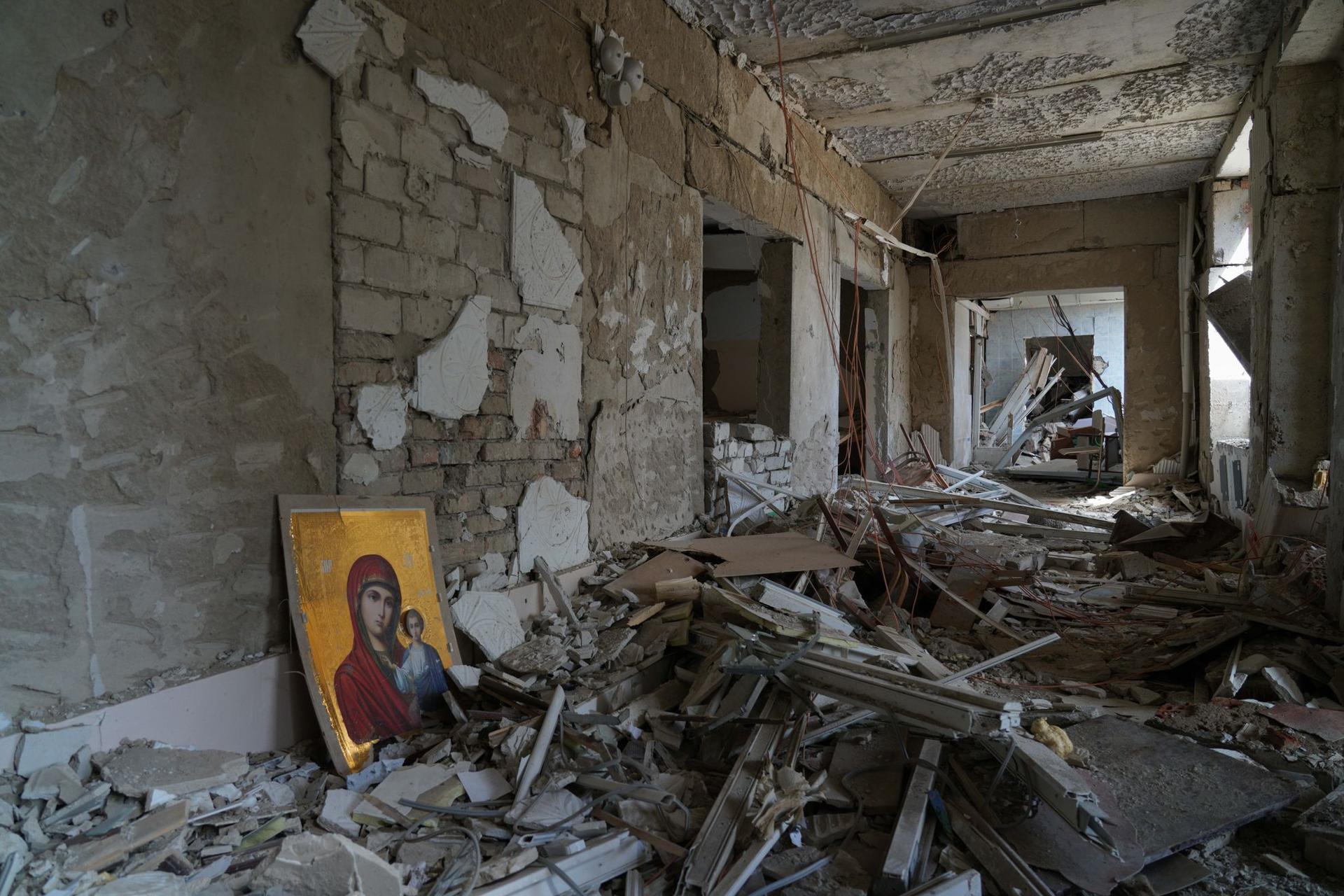
The school in Zelenyi Hai. Photo: Raul Ștef
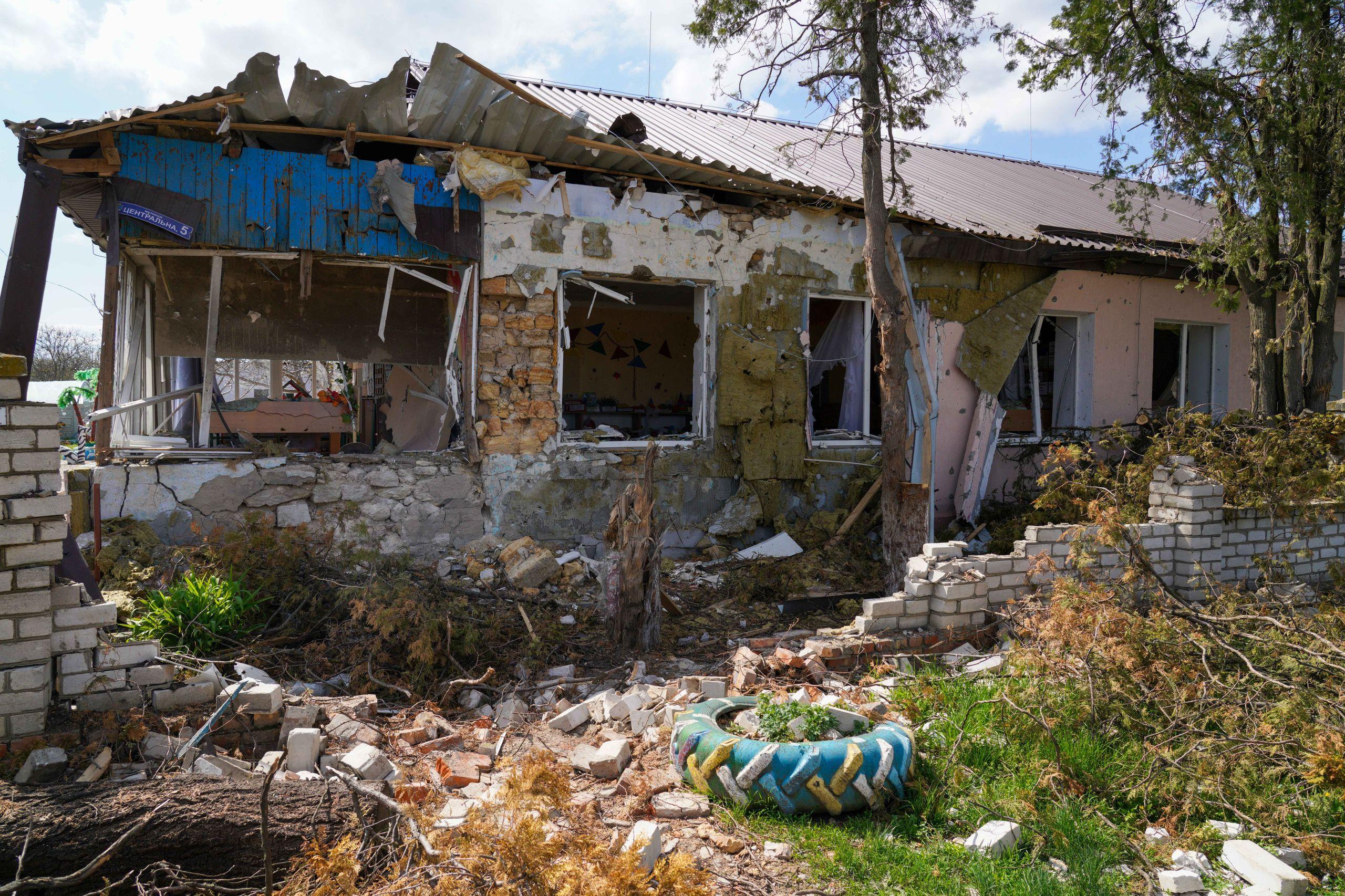
The kindergarden in Zelenyi Hai. Photo: Raul Ștef
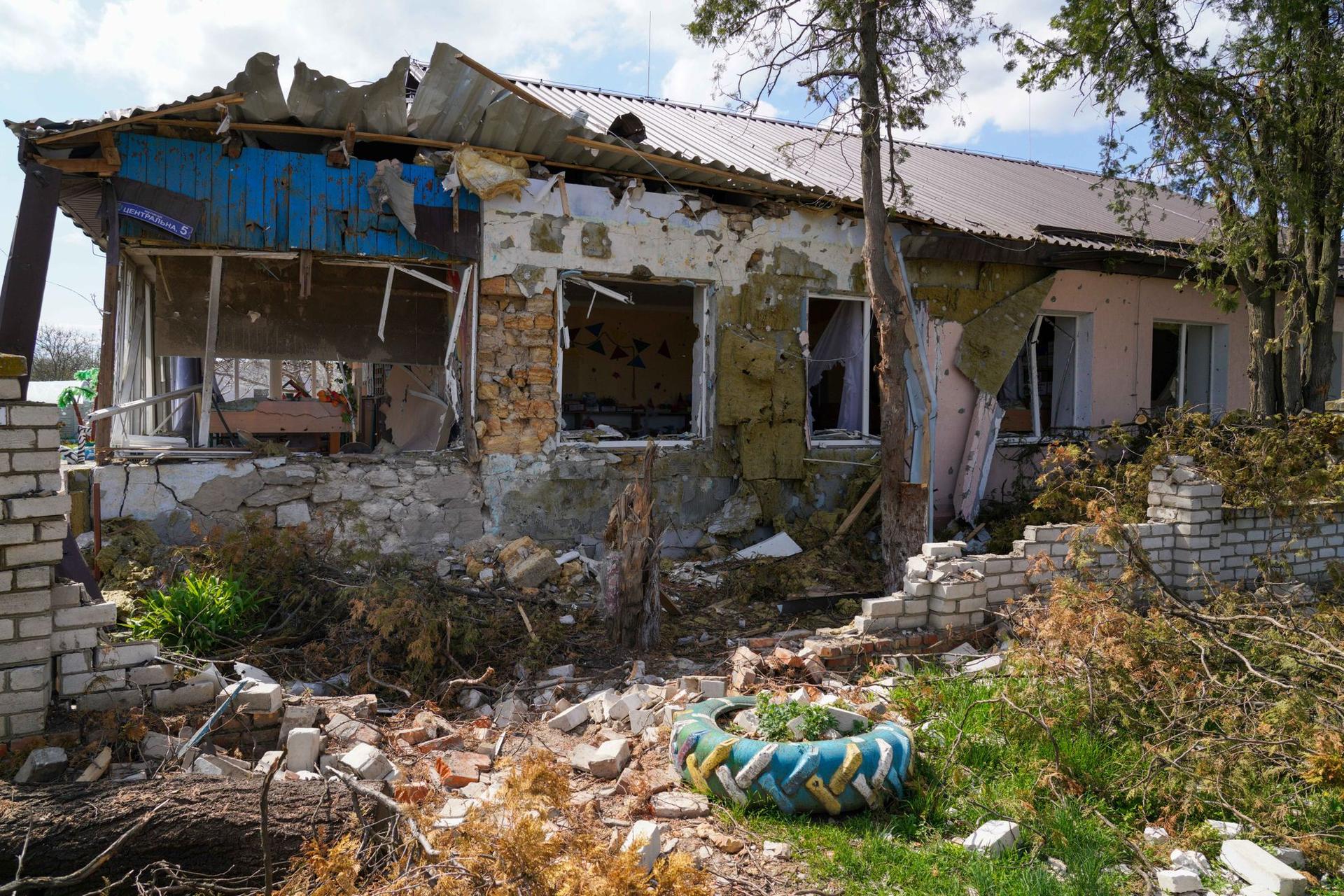
The kindergarden in Zelenyi Hai. Photo: Raul Ștef
The only people left in the village are the elderly and the streets look deserted. Sasha is 70 years old, and speaks with a certain reserve. He says he didn't run away because he had nowhere else to go. He's also gotten used to the explosions.
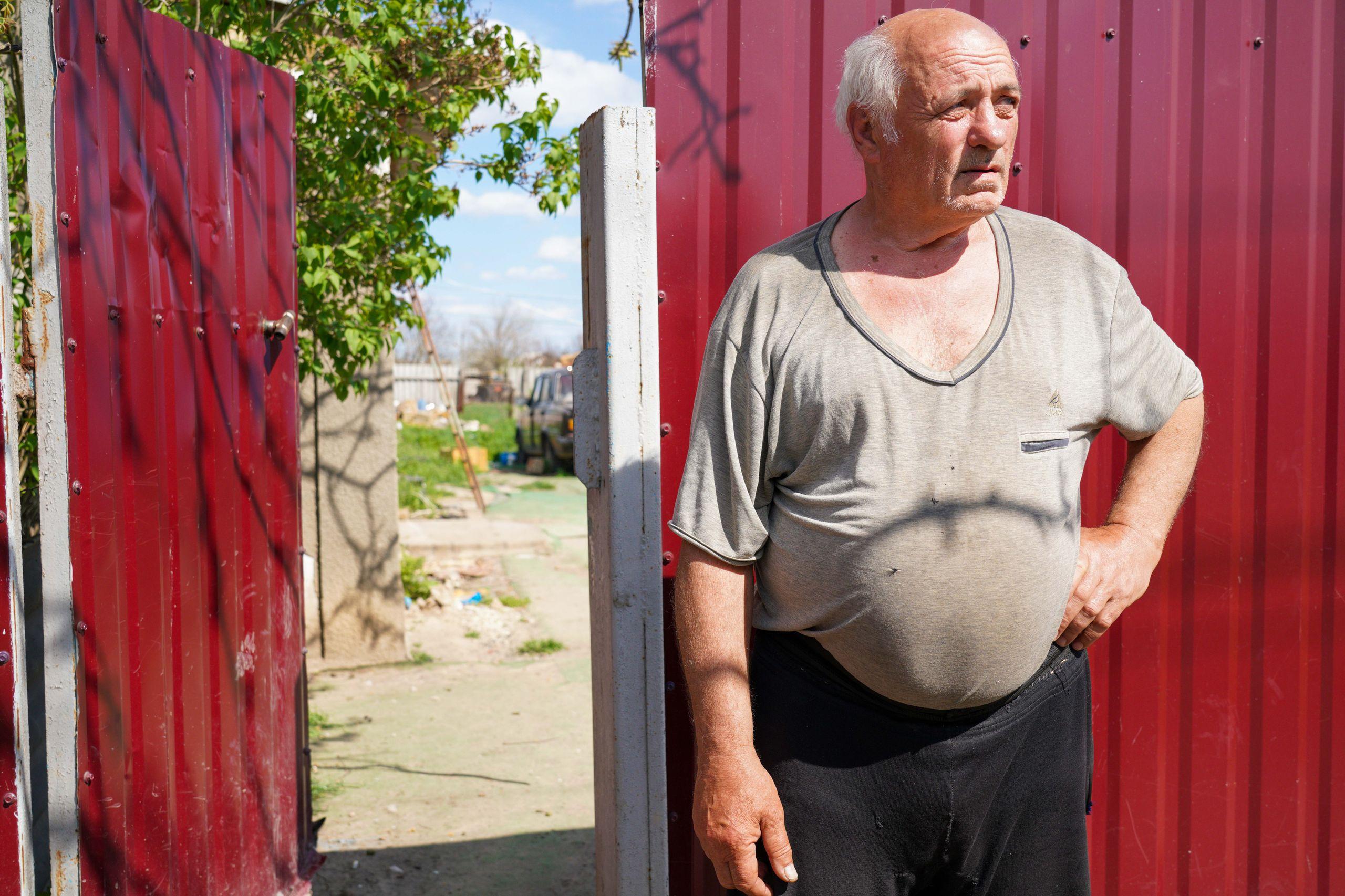
Sașa. Photo: Raul Ștef
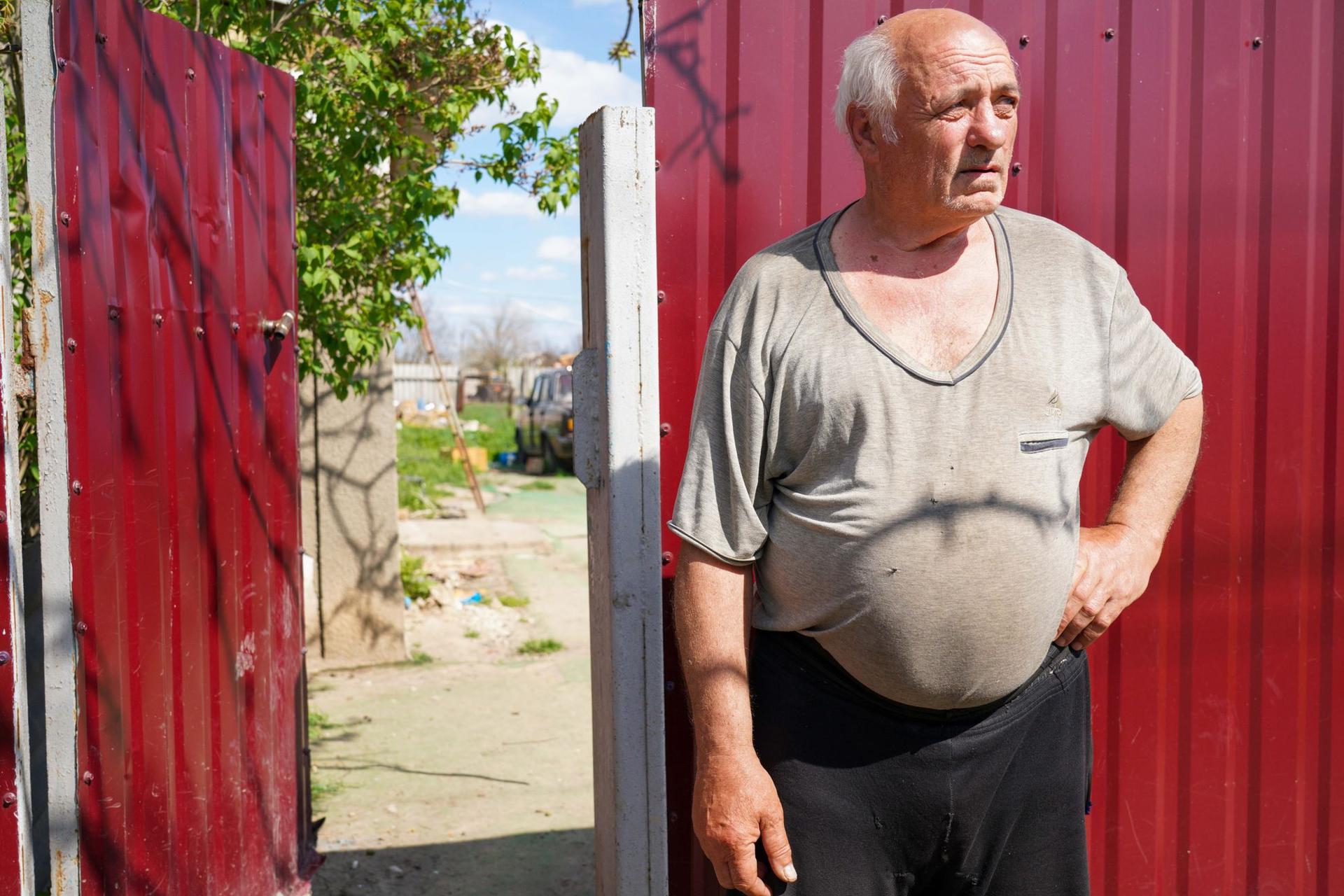
Sașa. Photo: Raul Ștef
Two helicopters destroyed in the early days of the war are slowly decomposing on nearby farmland. Yuri, a volunteer in the Ukrainian army, shows them to us with a certain satisfaction.
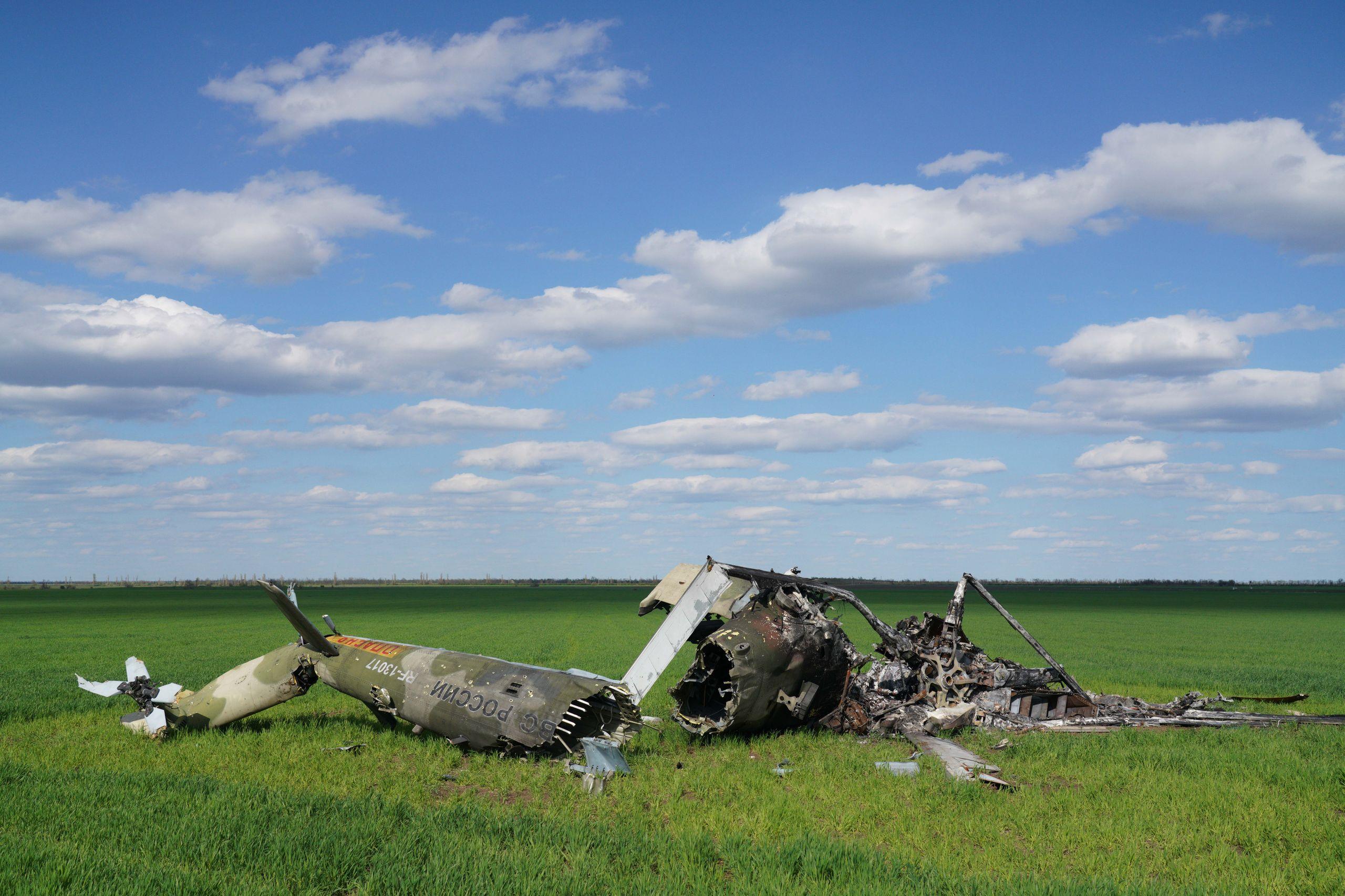
Crashed Russian helicopter. Photo: Raul Ștef
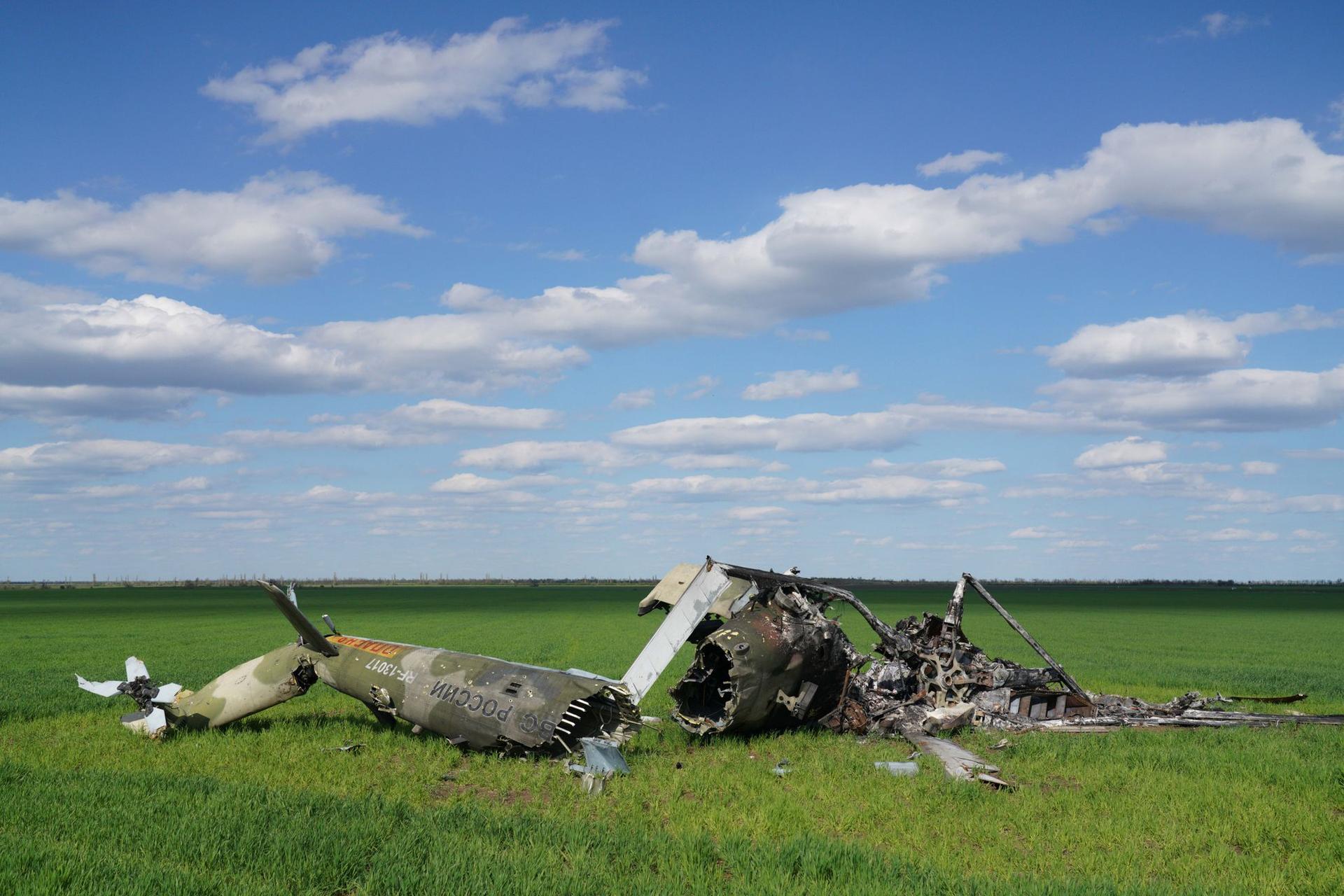
Crashed Russian helicopter. Photo: Raul Ștef
Also buried in the field worked by Ukrainian peasants? A Russian pilot, from the crew of a downed helicopter.
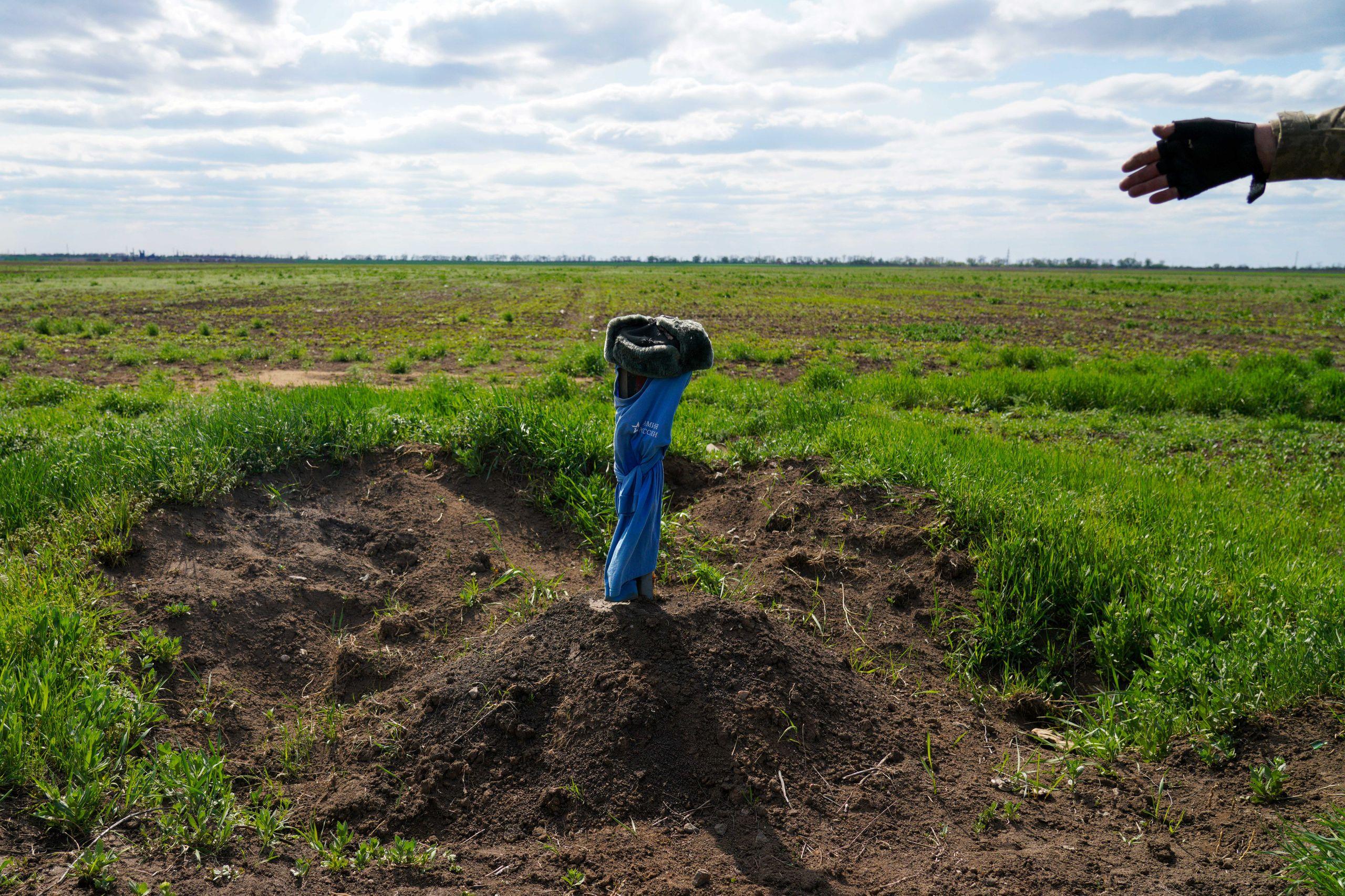
The grave of the Russian soldier. Photo: Raul Ștef
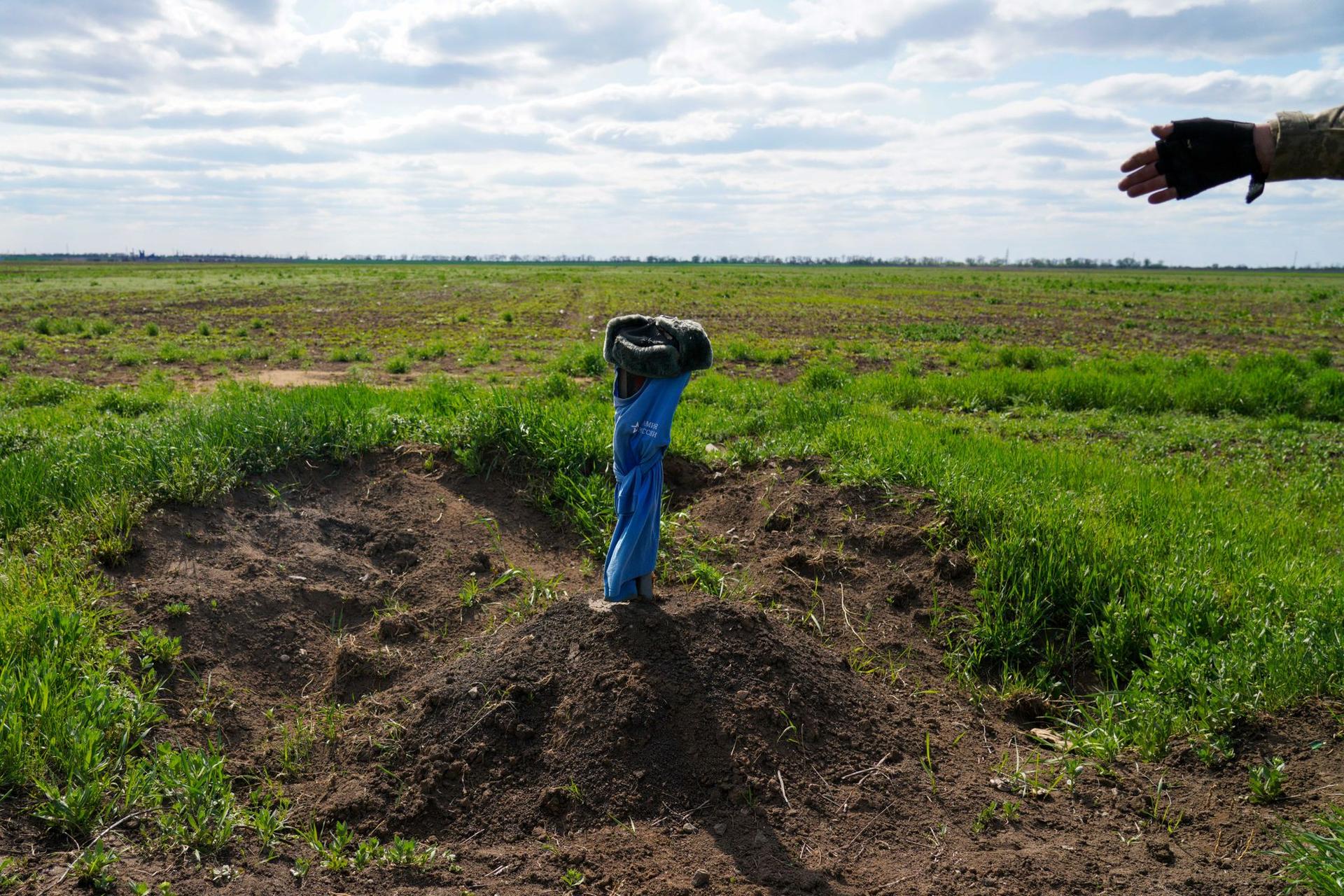
The grave of the Russian soldier. Photo: Raul Ștef
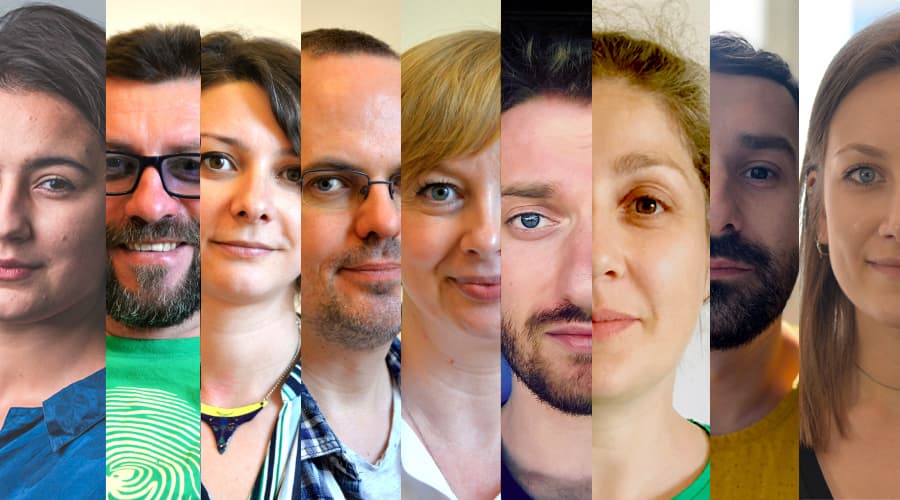
Avem nevoie de ajutorul tău!
Mulți ne citesc, puțini ne susțin. Asta e realitatea. Dar jurnalismul independent și de serviciu public nu se face cu aer, nici cu încurajări, și mai ales nici cu bani de la partide, politicieni sau industriile care creează dependență. Se face, în primul rând, cu bani de la cititori, adică de cei care sunt informați corect, cu mari eforturi, de puținii jurnaliști corecți care au mai rămas în România.
De aceea, este vital pentru noi să fim susținuți de cititorii noștri.
Dacă ne susții cu o sumă mică pe lună sau prin redirecționarea a 3.5% din impozitul tău pe venit, noi vom putea să-ți oferim în continuare jurnalism independent, onest, care merge în profunzime, să ne continuăm lupta contra corupției, plagiatelor, dezinformării, poluării, să facem reportaje imersive despre România reală și să scriem despre oamenii care o transformă în bine. Să dăm zgomotul la o parte și să-ți arătăm ce merită cu adevărat știut din ce se întâmplă în jur.
Ne poți ajuta chiar acum. Orice sumă contează, dar faptul că devii și rămâi abonat PressOne face toată diferența. Poți folosi direct caseta de mai jos sau accesa pagina Susține pentru alte modalități în care ne poți sprijini.
Vrei să ne ajuți? Orice sumă contează.
Share this

